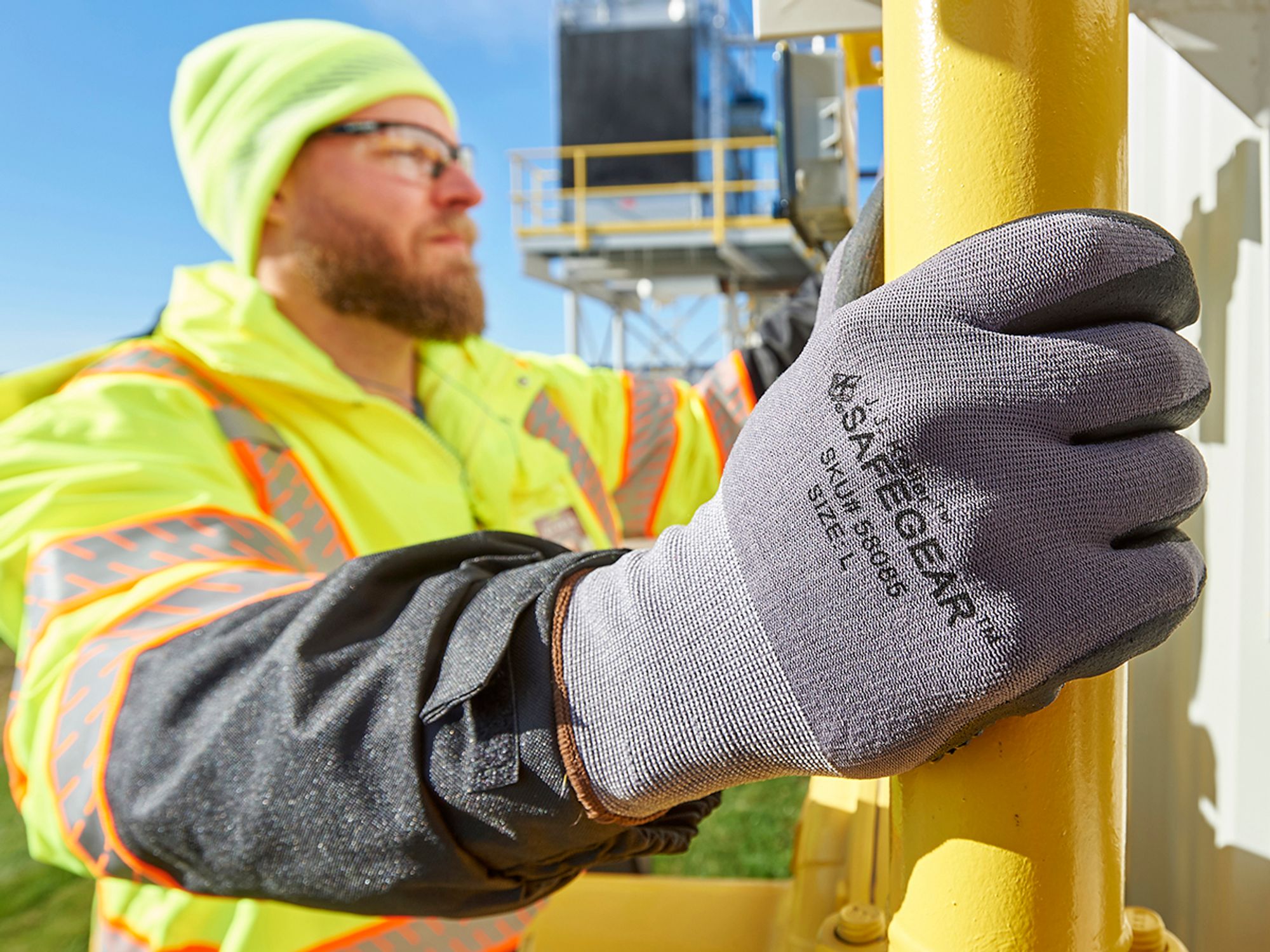InstituteHeat and Cold ExposureCold StressUSAExtreme Temperature PreparationHeat and Cold ExposureEnglishAnalysisFocus AreaIn Depth (Level 3)
Solutions
['Heat and Cold Exposure']

- Employers can protect employees from cold-related illnesses and injuries by seeing to employees’ needs for warm clothing, nutrition, breaks, and shelter, and by providing training in cold safety.
- Employers can treat cold-related illnesses by warming the worker up and providing calories.
Employers are responsible for protecting employees from cold-related illnesses and injuries. If these do occur, employers should be prepared to respond to them quickly.
Things employers can do to protect employees from cold-related illnesses and injuries:
- Recognize the weather conditions that could cause cold-related illnesses and injuries.
- Teach employees about the signs and symptoms of cold-related illnesses/injuries and how they can help themselves or their coworkers.
- Require that employees wear proper clothing for cold, wet, and windy conditions.
- Allow employees to layer their clothing so they can adjust to changing temperatures.
- Encourage them to wear a hat and gloves in addition to underwear that will keep water away from their skin (polypropylene).
- Make snacks and energy drinks available to provide employees with the energy needed to keep their muscles warm and avoid exhaustion or fatigue.
- Require that employees use the buddy system when working in cold conditions.
- Remind employees to drink warm, sweet beverages (sugar water, sports-type drinks) and avoid drinks with caffeine (coffee, tea, or hot chocolate).
- Allow employees to take frequent short breaks in warm, dry shelters to warm up.
- Require that employees only work during the warmest part of the day.
Things employers can do to treat frostbite and other cold-related illnesses:
- Move the person to a warm and dry area; do not leave the person alone.
- Remove wet or tight clothes that may cut off blood flow to the affected area. Replace with warm, dry clothing or wrap in blankets.
- Avoid rubbing a frostbitten area, which can cause damage to the skin and tissue.
- Place the frostbitten area in lukewarm water (105 degrees F) and monitor the temperature to slowly warm the tissue. Warming takes from 25 to 40 minutes.
- When normal feeling, movement, and skin color return, dry and wrap the affected area. Seek medical attention.
- Have the person drink warm, sweet beverages, such as sugar water and sports drinks, and avoid drinks with caffeine in them.
